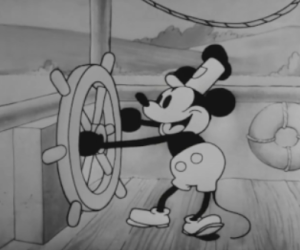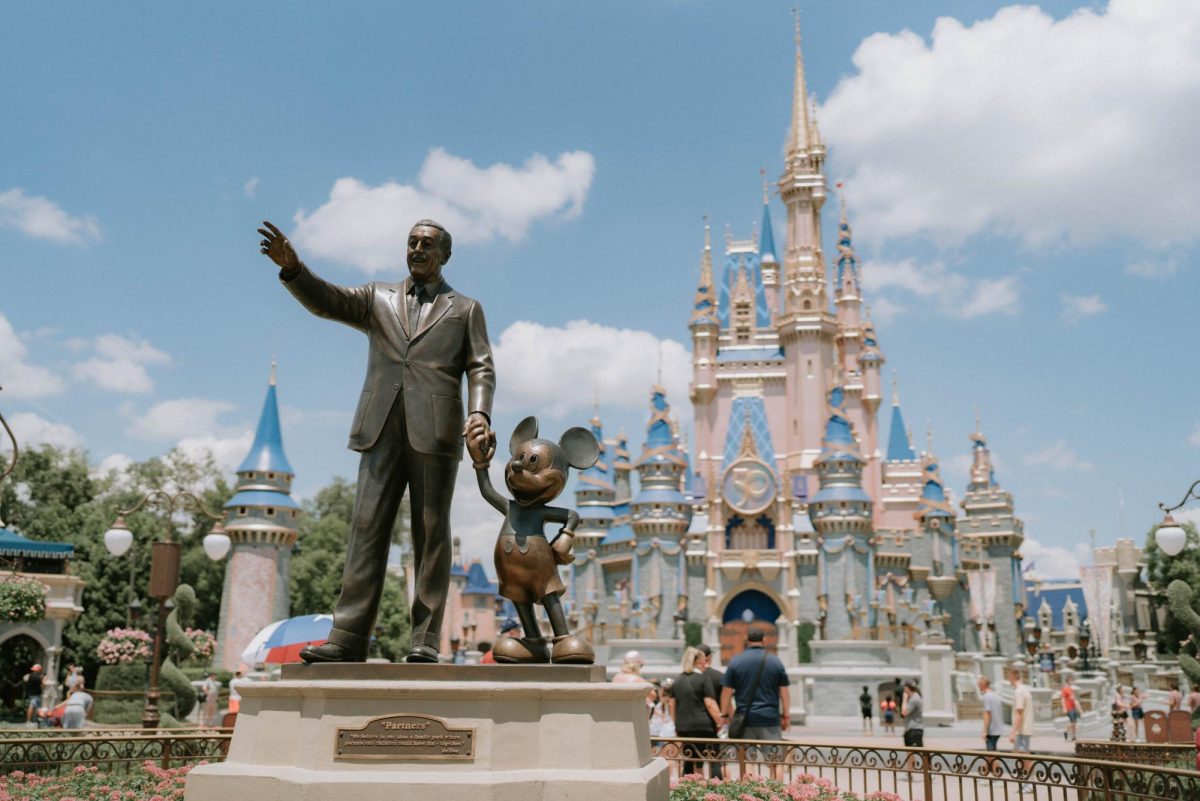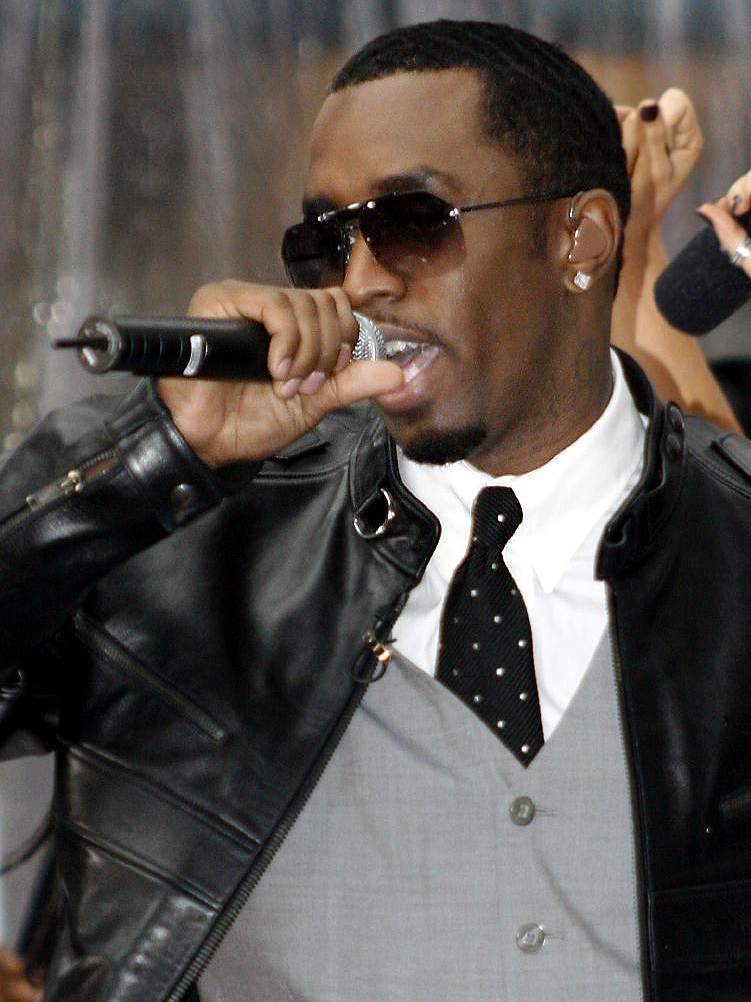As of 2024, the beloved mascot of Disney, Mickey Mouse, is finally relieved of his Disney-focused duties. This doesn’t mean that the cheerful mouse will be on a holiday hiatus for long though. After 95 long years of waiting, Disney fans and beyond are finally able to use the copyright-free original versions of Mickey and Minnie as they entered the public domain on January 1st. Various filmmakers, playwrights, and authors plan on utilizing Mickey Mouse for projects, some being announced already on the date of Mickey Mouse’s release from Disney’s copyright.
Disney had been reluctant to let Mickey go for a while, filing lawsuits against individuals who infringed copyright policies. The United States Congress had extended Disney’s copyright of Mickey Mouse for about half a decade. This proves that Disney had greatly succeeded in extending the copyright protection on Mickey Mouse originally set to expire 40 years ago. After years of Mickey giving its fans joy, perhaps now it’s spreading to a larger scale; this new copyright-free version of Mickey Mouse is the oldest version ever distributed—Steamboat Willie.

So why was (and still is) this version of Mickey Mouse so popular? A variety of factors contribute to this outcome. First of all, its intriguing and imaginative setting contributed to drawing the attention of many people. At the start of the film, Mickey Mouse is shown navigating the sea on his steamboat. He’s whistling the famous tune at the start of almost every Disney movie while tapping his foot to the beat. Pete comes in soon afterward, taking the place of Mickey, making him mad and causing him to overreact. With this setting, many interesting motions and noises highlight the uniqueness of Steamboat Willie. Moving away from the setting itself, the plot also plays a role in gathering Steamboat Willie’s popularity by magnificently illustrating the trademark ending of Disney classics. In the last scene of Steamboat Willie, Mickey Mouse is shown laughing, overcoming his anger at Pete. This showcases the “happy endings” that Disney never fails to include in its movies. Another factor in Steamboat Willie’s success is its sound projection combined with the animation it displayed. With Steamboat Willie’s great popularity, it’s easy to forget that it might be the first Mickey Mouse version to be distributed, but it is actually the third Mickey Mouse cartoon produced. It was followed by Plane Crazy and The Gallopin’ Gaucho, which both were silent cartoons, unlike Steamboat Willie. By being the very first film to have synchronized sound and speech, Steamboat Willie drew the attention of many people living in a time when filmmaking wasn’t always accompanied with sound. With this profound realization, Steamboat Willie made its mark on one of the greatest contributions to film history to this day.
It’s still crucial to note that despite Steamboat Willie’s release of copyright from Disney, Disney still guards the trademark. A Disney spokesperson commented on Mickey Mouse’s significance to the company and how it wouldn’t change over the next few years. “More modern versions of Mickey will remain unaffected by the expiration of the Steamboat Willie copyright and Mickey will continue to play a leading role as a global ambassador for the Walt Disney Company in our storytelling, theme park attractions, and merchandise,” said the spokesperson to BBC News.
This new, copyright-free Mickey Mouse encourages and allows people to create their own version of Mickey. This is currently viewed as having both a positive and a negative effect. Some dislike the horror films being made, as they believe that they ruin the quintessential fairytale that Disney conjured up. Others view this as an opportunity to produce their individual work without having to worry about copyright infringement. Anyhow, both sides of the argument all agree that this new non-copyrighted Mickey Mouse is a chance to create more art and entertainment. By doing so, it further enhances the unity that Mickey provides and once again shows people why Mickey was so popular in the first place. And who knows? Maybe this newfound version of Mickey Mouse may even bring forward the next Walt Disney.













































































































































